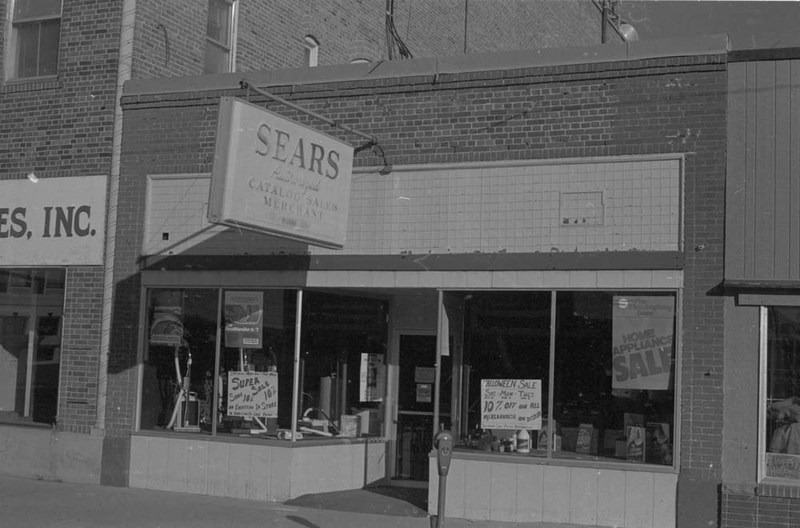
Before 1910, grocery store customers typically purchased food on credit. They relied on clerks to fill their orders and delivery boys to carry their packages home. By 1915, “groceterias” began experimenting with a new model that offered lower prices and wider selection to customers willing to serve themselves, pay cash, and forgo home delivery. Among the new stores was Safeway, whose name promoted the idea that paying cash was the “safe way to shop” because it kept families from going into debt. Safeway expanded rapidly, merging with several other chains in the 1920s. These included O. P. Skaggs Food Stores, which had introduced its “efficient service system” and “cash and carry” policy to Deer Lodge by 1928. Known variously as Skaggs, Skaggs-Safeway, and finally just Safeway, the chain served customers from this brick storefront into the 1940s. The long narrow building with centered recessed entry included a rear warehouse that reached to the alley. Built between 1912 and 1928, the storefront was remodeled after World War II when owners sought a sleek, modern look, characterized by aluminum framing and minimal ornamentation.
Images
